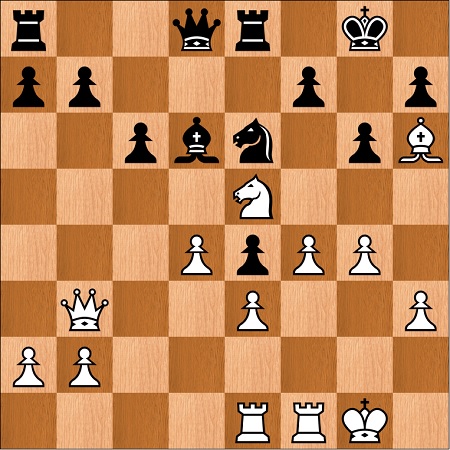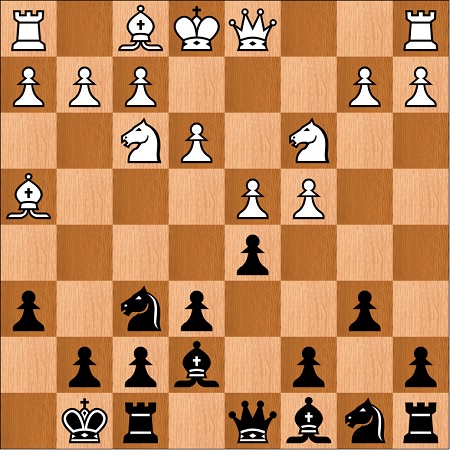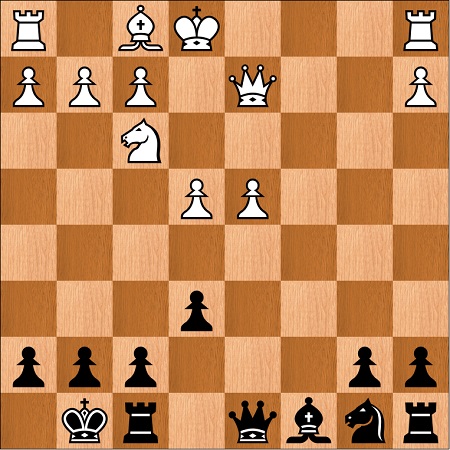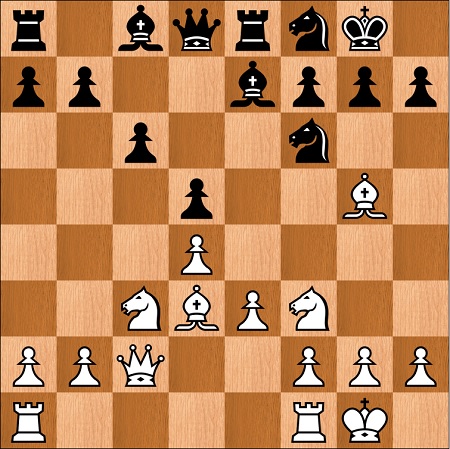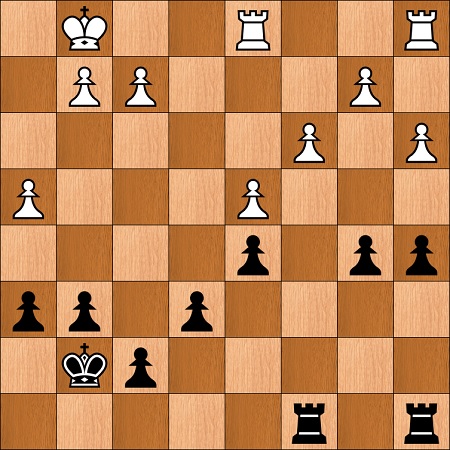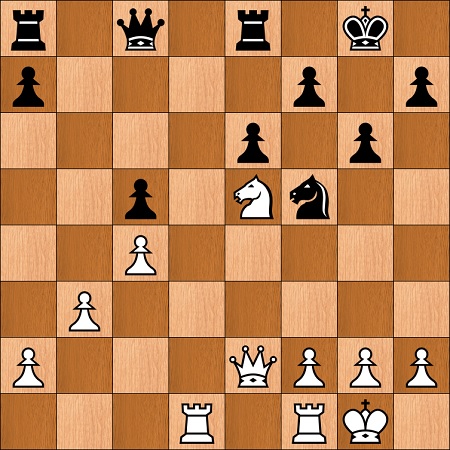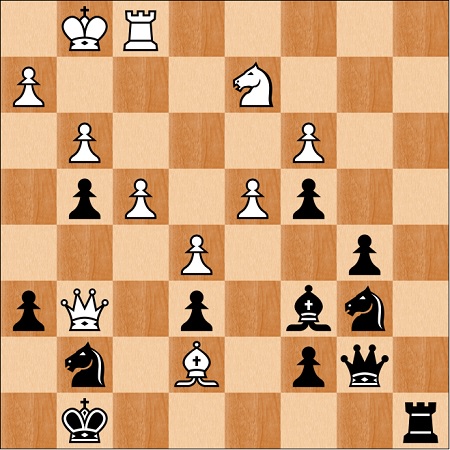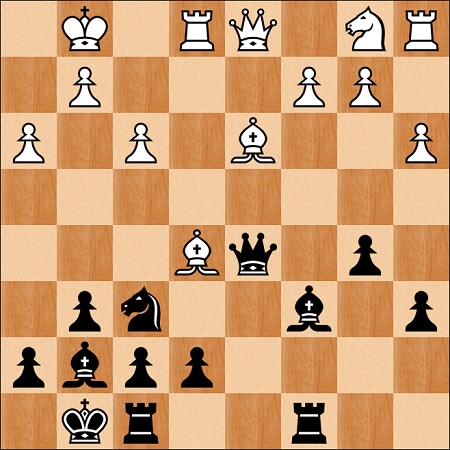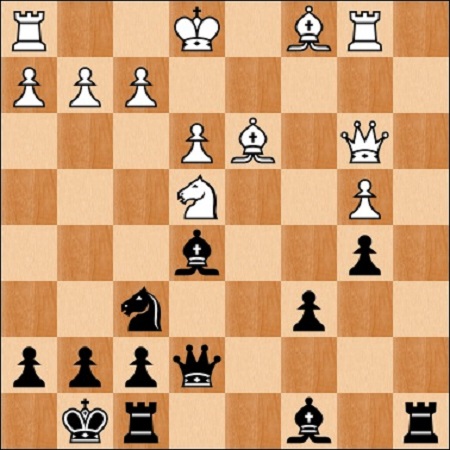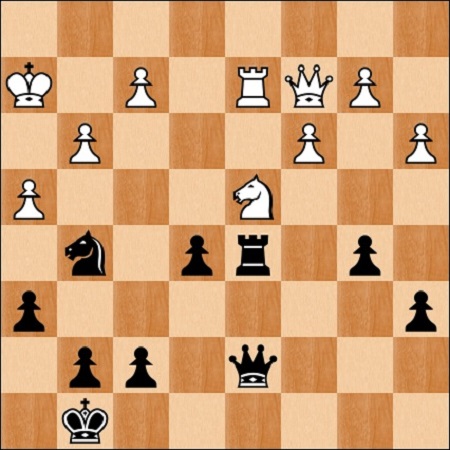With so much off-the-peg opening material available why should someone want to craft their own repertoire? There are many reasons for doing so, not least of which is the suitability of most of the repertoires that are being published. They are often developed by strong Grandmasters who seem to have very little understanding of the requirements of players weaker than themselves. Commonly they contain hundreds of computer generated variations which can be over 20 moves in length.
Here at Tiger Chess I adopted a different approach, presenting openings that were ideas based, relatively easy to remember and that illustrated typical strategic themes in the middle game. Yet in producing this material my idea was that students should extend their own personal approach above and beyond what I presented. I wanted to provide a starting point for engaged study and development, not a rigid lump of merged games and engine analysis, to be memorized and repeated for a lifetime.
To show people how to do this I am presenting a series of webinars for Premium Members only, running live over the next few weeks and recordings available thereafter. Here are the titles:
How to Choose a Chess Opening
August 5th 2021: 9-10pm London time
Guidance about what to look for in a chess opening, explaining why you can and should avoid the hype about the latest off-the-peg 2700 repertoire and build something that is suitable for your level.
Sources for Opening Study
August 12th 2021: 9-10pm London time
In this session you will see how to pick and choose between different sources to help with your independent creative work. Here too I offer vital guidance on choosing materials that are suitable for a particular player's chess development rather than attempting to memorize super-GM offerings.
Assembling an Opening Repertoire
August 19th 2021: 9-10pm London time
Having chosen an opening to learn and assembled a source or sources there is a choice about whether to record and formalize your research. In this episode I present the options, some of which are free, and explains how to choose between them.
Worked Example of Opening Preparation
August 26th 2021: 9-10pm London time
In this final session I will bring together the previous three sessions and provides a worked example of how to put together a opening so that it can be studied and updated.
Please do note that these are only available to Premium Members, but they are included in the modest subscription price of $19.95 per month along with other video content. To sign up please go here, and hopefully I will see you at the sessions.
Nigel Davies
